Chances are you know the story about Amberwing. How it got its name from a dragonfly that shares our air space, right here in the Northland. You may also know that the Amberwing dragonfly, like all dragonflies, has two sets of wings. If one of them breaks, it can usually still fly. That ability to carry on no matter the hurt, was the impetus for Amberwing’s name. No matter how broken we are or how damaged we feel, given the right care at the right time, given the chance to heal, we can still fly. That’s the story. But when you really dig deep, there’s much more to it than that.

Amberwing, the Miller-Dwan Foundation’s Center for Youth & Family Well-Being, cares for the tiniest of children from birth to young adults up to age 26. Family participation, where appropriate, is also a key to Amberwing care. An intensive, short-term daytime program, patients and families who use Amberwing learn the skills they need to cope, heal and develop a dragonfly-like resiliency.

Dragonflies are amazing creatures. Among the most ancient of insects, they were darting across rivers and lakes long before dinosaurs appeared, and through the years they’ve evolved many survival mechanisms. Chief among them are their powerful eyes and impressive flying abilities. “They can fly further, higher and faster than most insects, sometimes at speeds of up to 70km (43mph) per hour,” says Australian insect scientist Dr. Dan Bickel. They can move upward, downward, backward and forward, side to side, and they can hover in midair, all the while focusing their eagle eyes on what matters most. (For dragonflies that’s usually food. They can eat 100’s of mosquitos a day.) Scientists say dragonflies have “flyability,” a characteristic defined, in part, by the tight network of wing veins that gives them strength, stability and flexibility.
Some people consider dragonflies a symbol of light, transformation and personal growth, and I agree, they do seem almost magical. I had the chance once, in the Boundary Waters Canoe Area, to observe a final dragonfly molt. Hundreds of dragonfly nymphs crawled out of the water and onto shore emerging from their old skin as adults. As they dried their fully functional wings, they set aloft, all around me. I took it as a good sign. Because dragonflies tend to be sensitive to pollution, their presence is often considered an indication of a healthy ecosystem. The greatest numbers of species are found at sites that offer a wide variety of microhabitats. Scientists, meanwhile, want to know more.
Much like mental health and the nature of our brains, the true depth of the dragonfly’s abilities has yet to be tested. Cracking the code to mental illness and modeling a jet on dragonfly science are both highly coveted scientific feats. For now, however, we’ll need to be satisfied knowing Amberwing can heal.
You can support resilience and Amberwing’s healthy ecosystem by giving to the Miller-Dwan Foundation Amberwing Fund. Donations directly support children and families proving them wings they need to thrive and fly.
Read more about the messages of gratitude from patients sharing their advice and inspiration to others entering the program.


